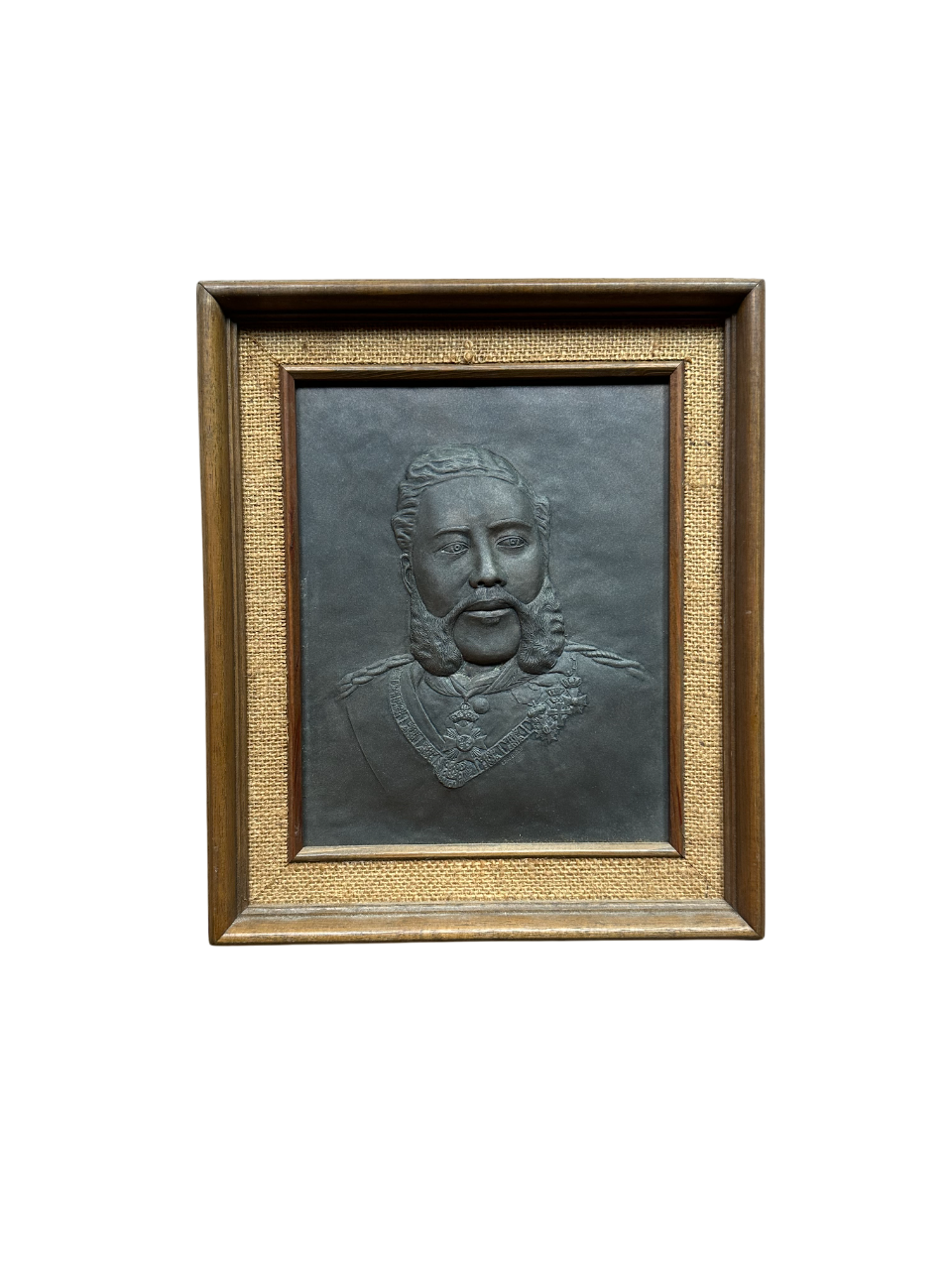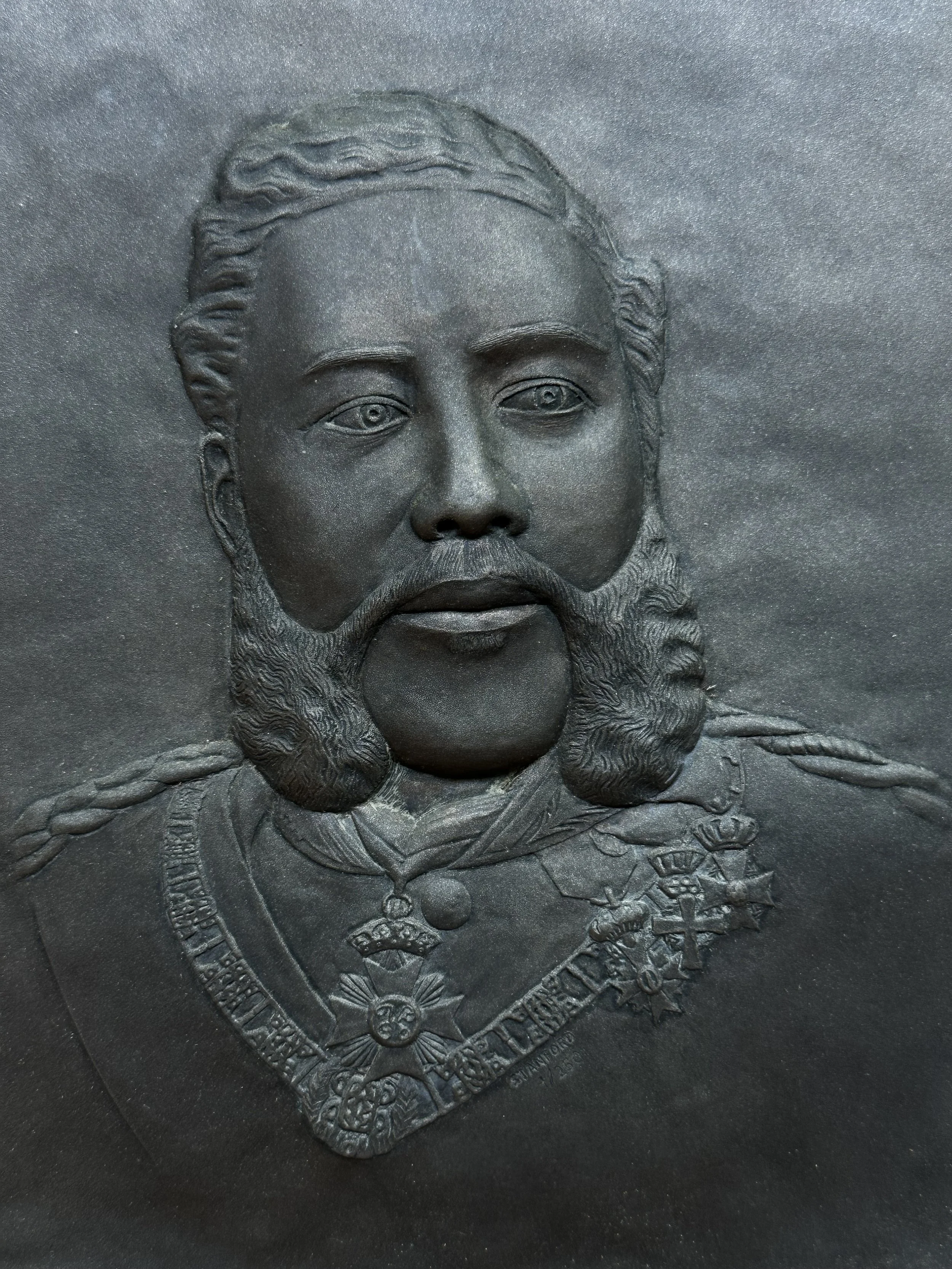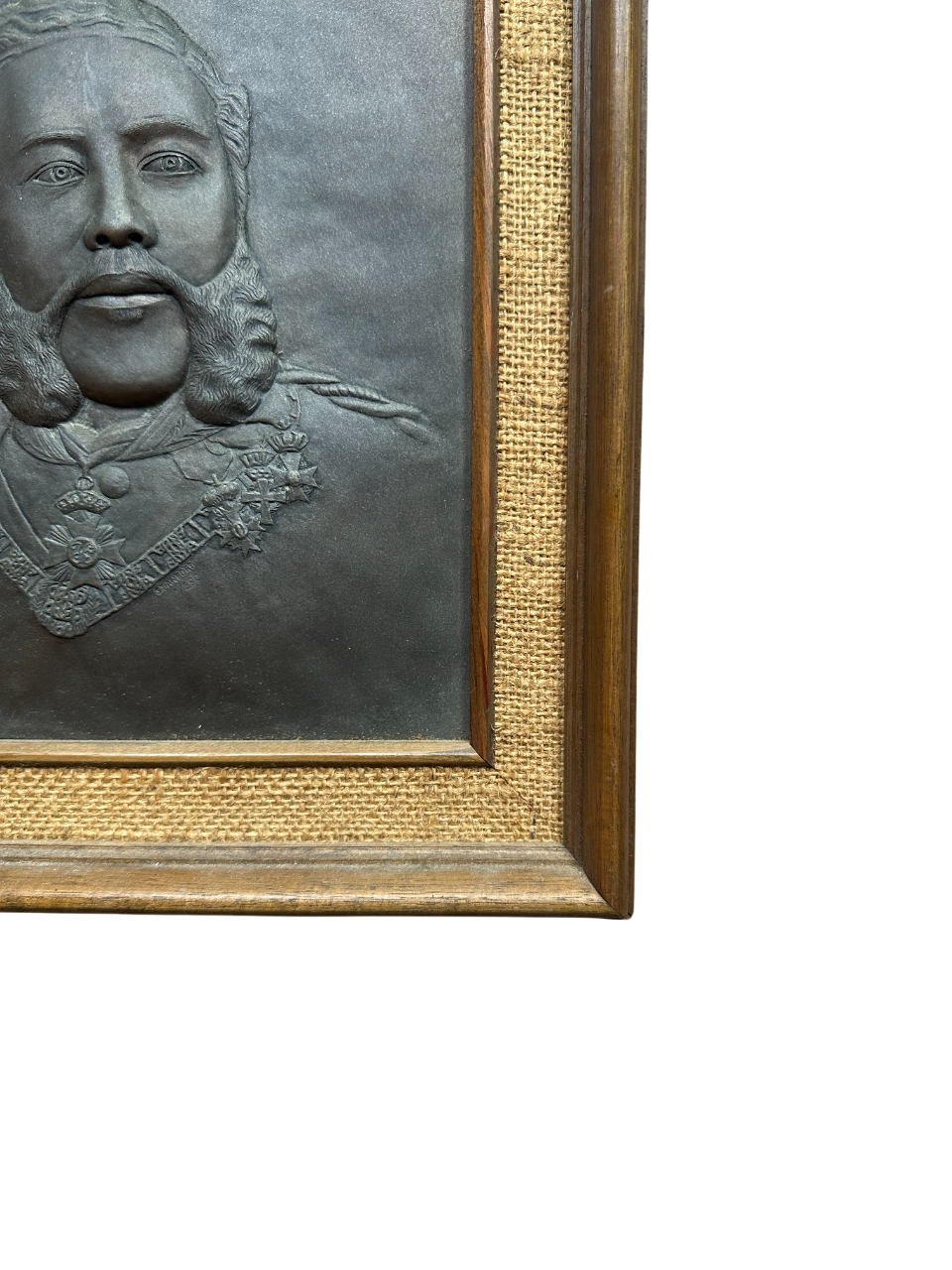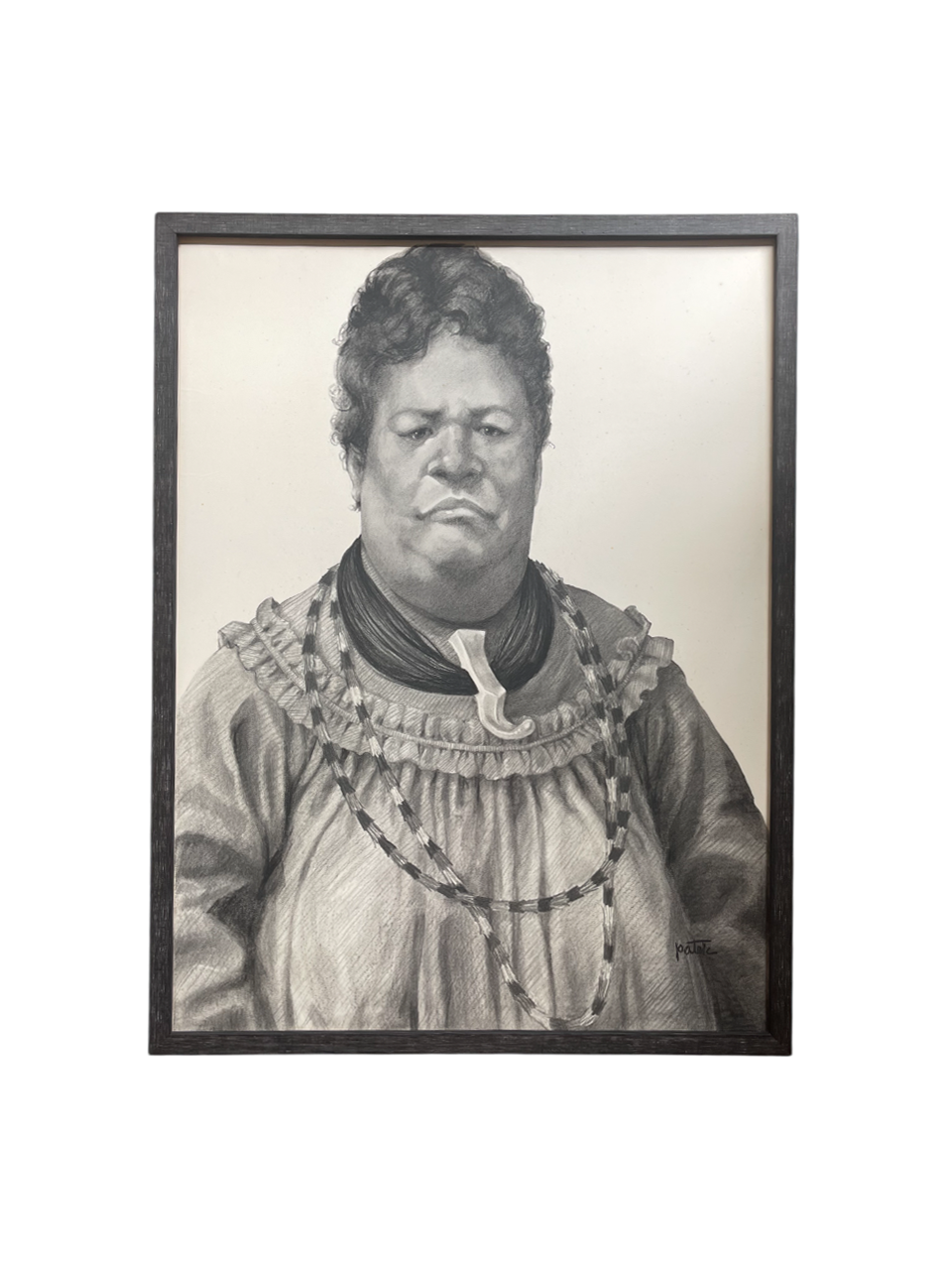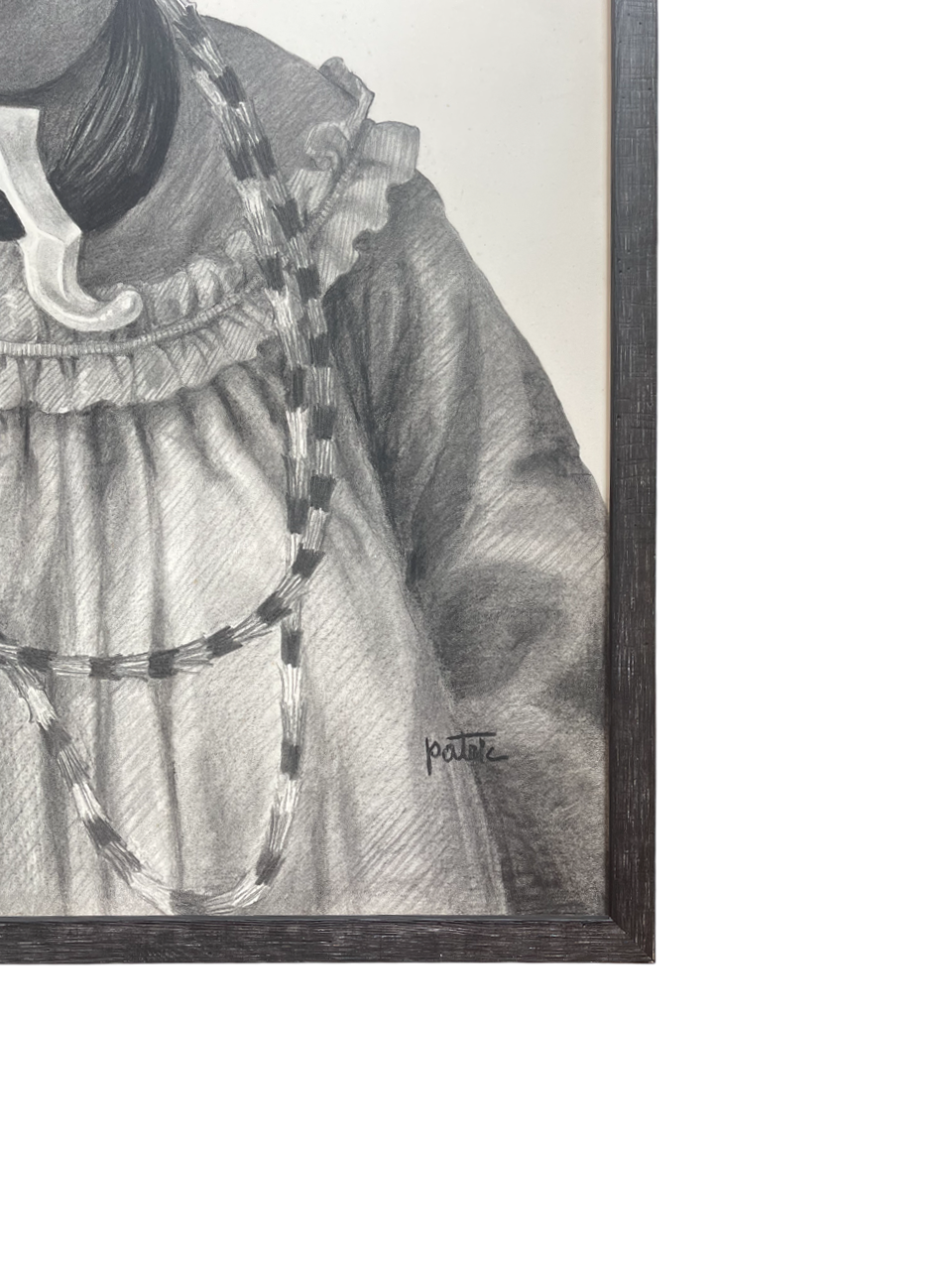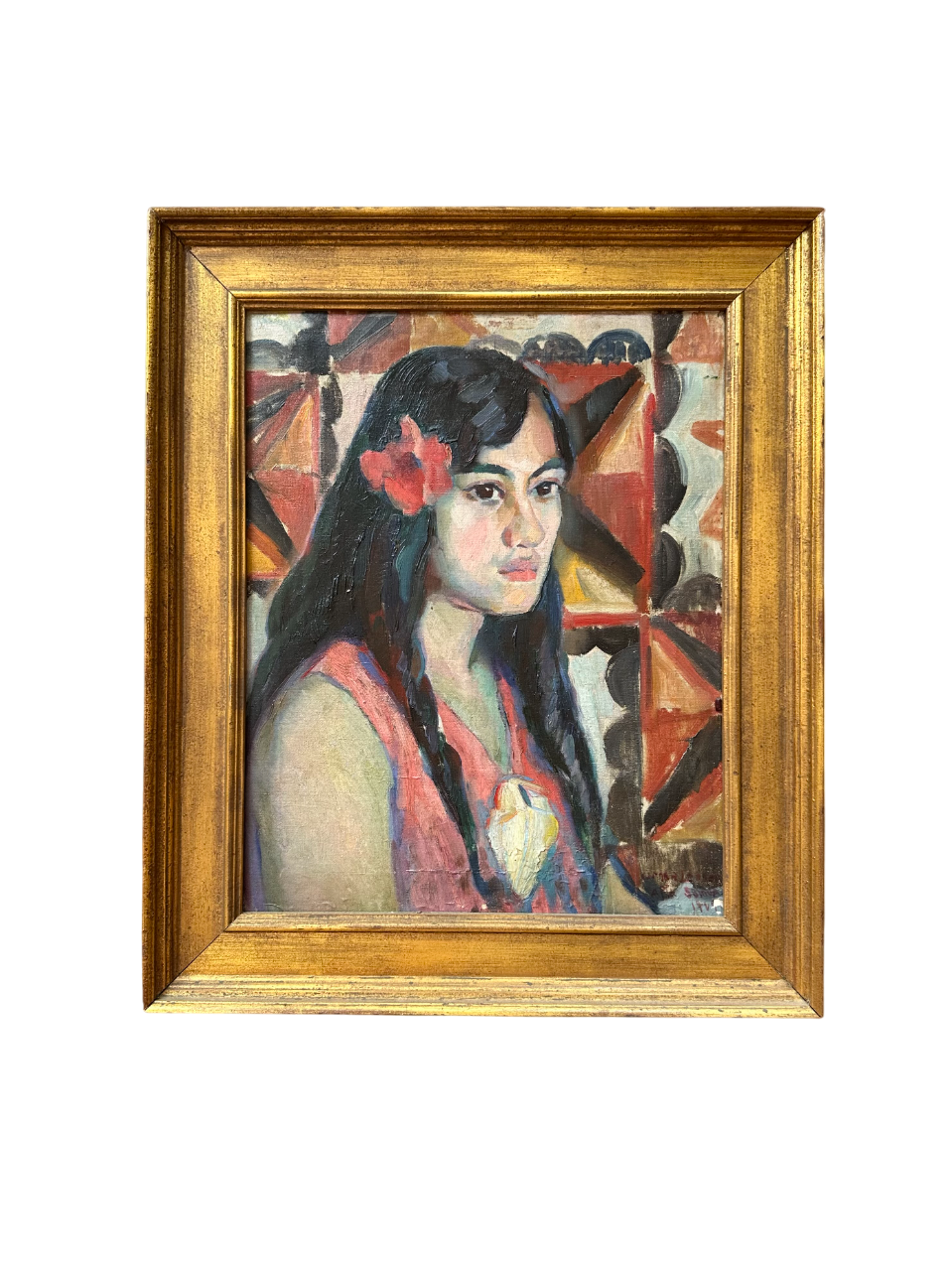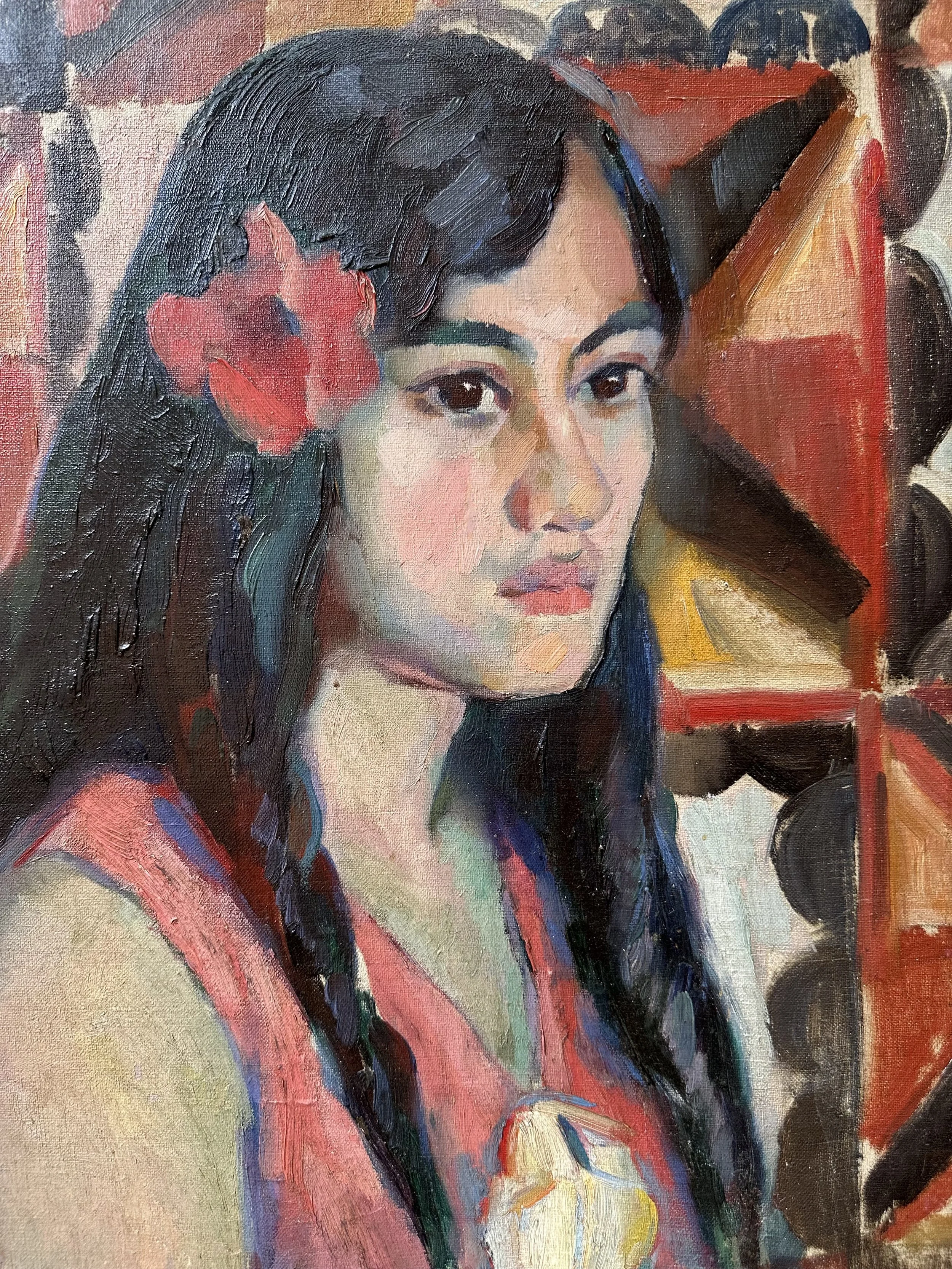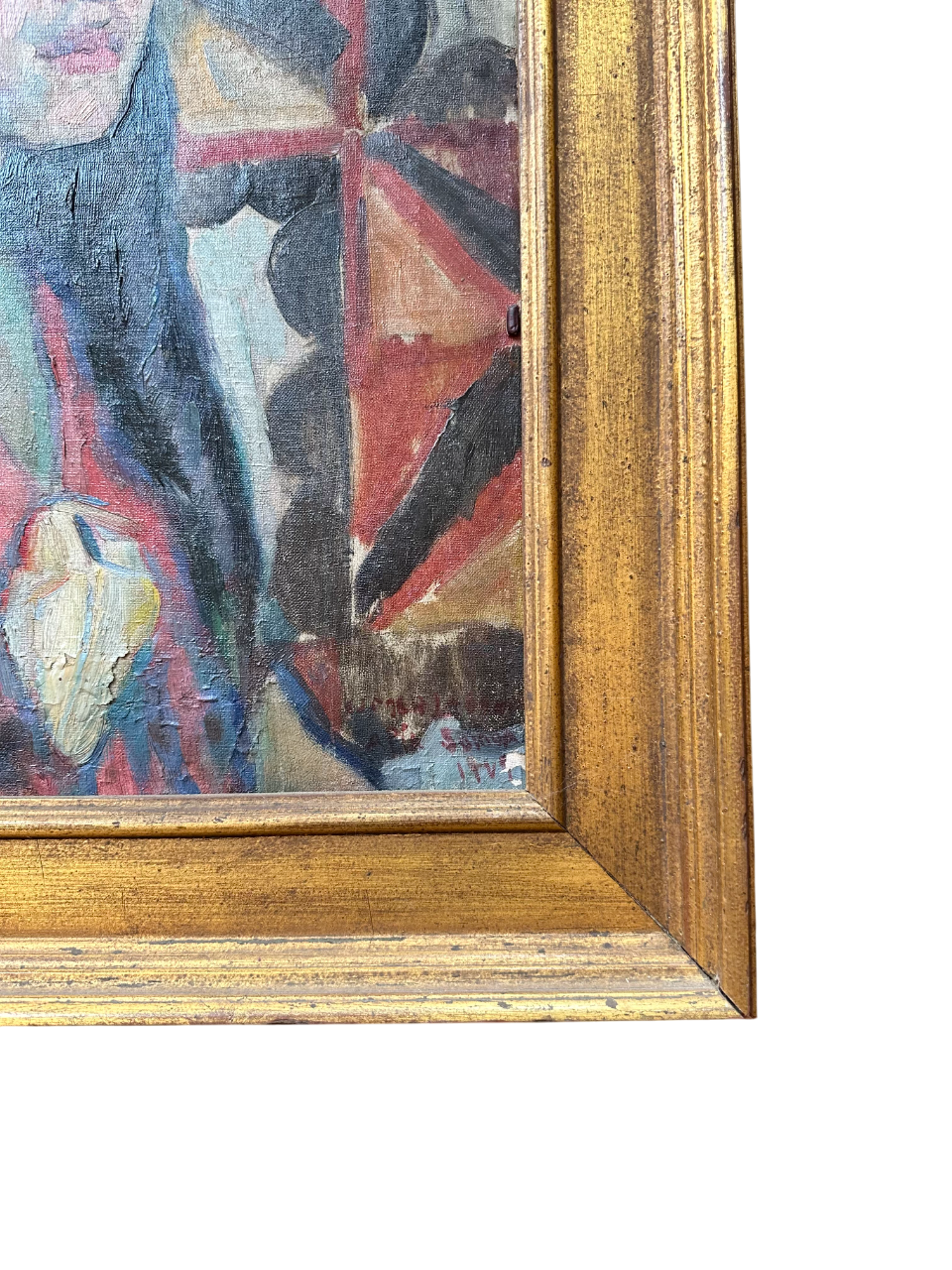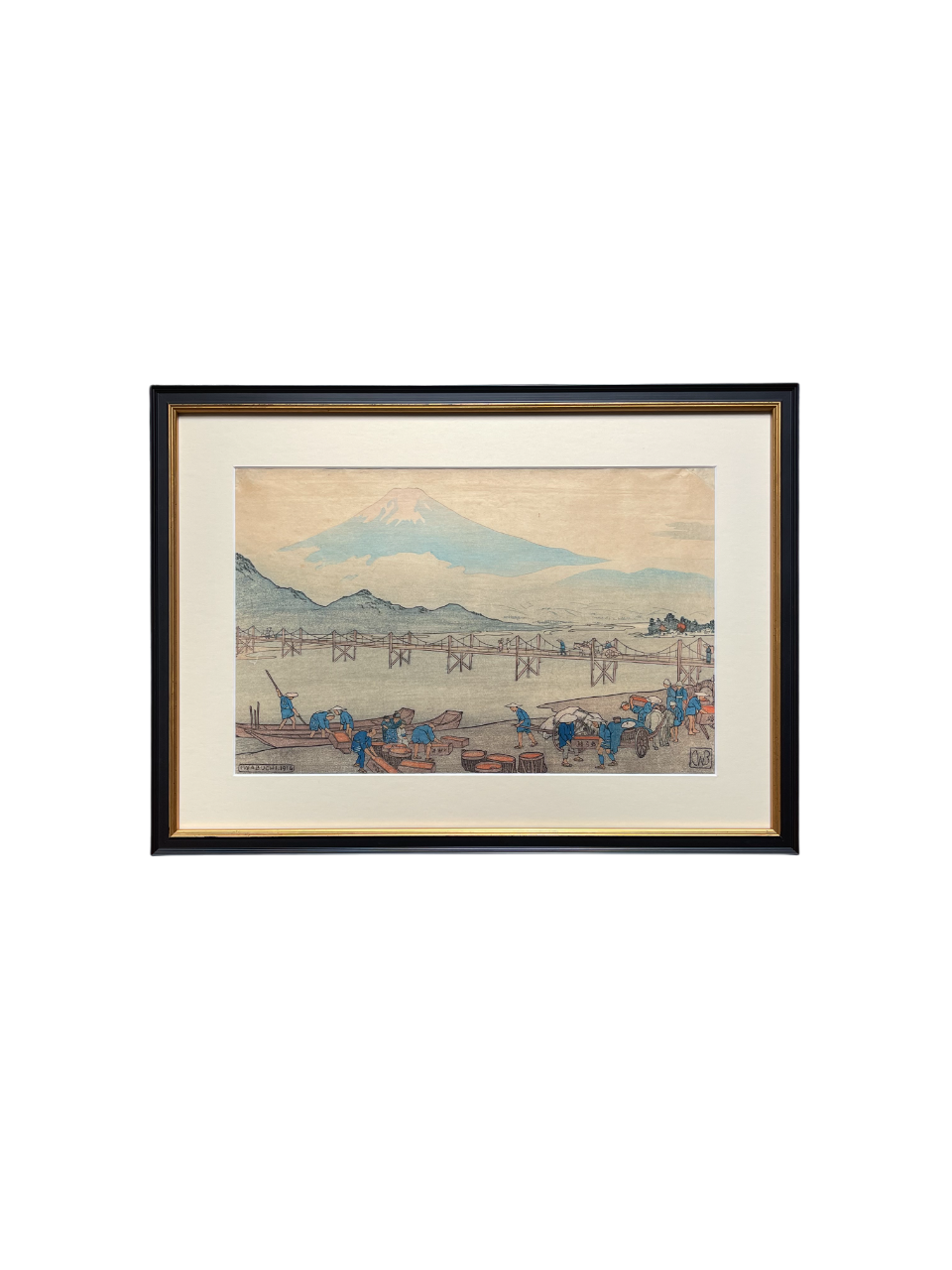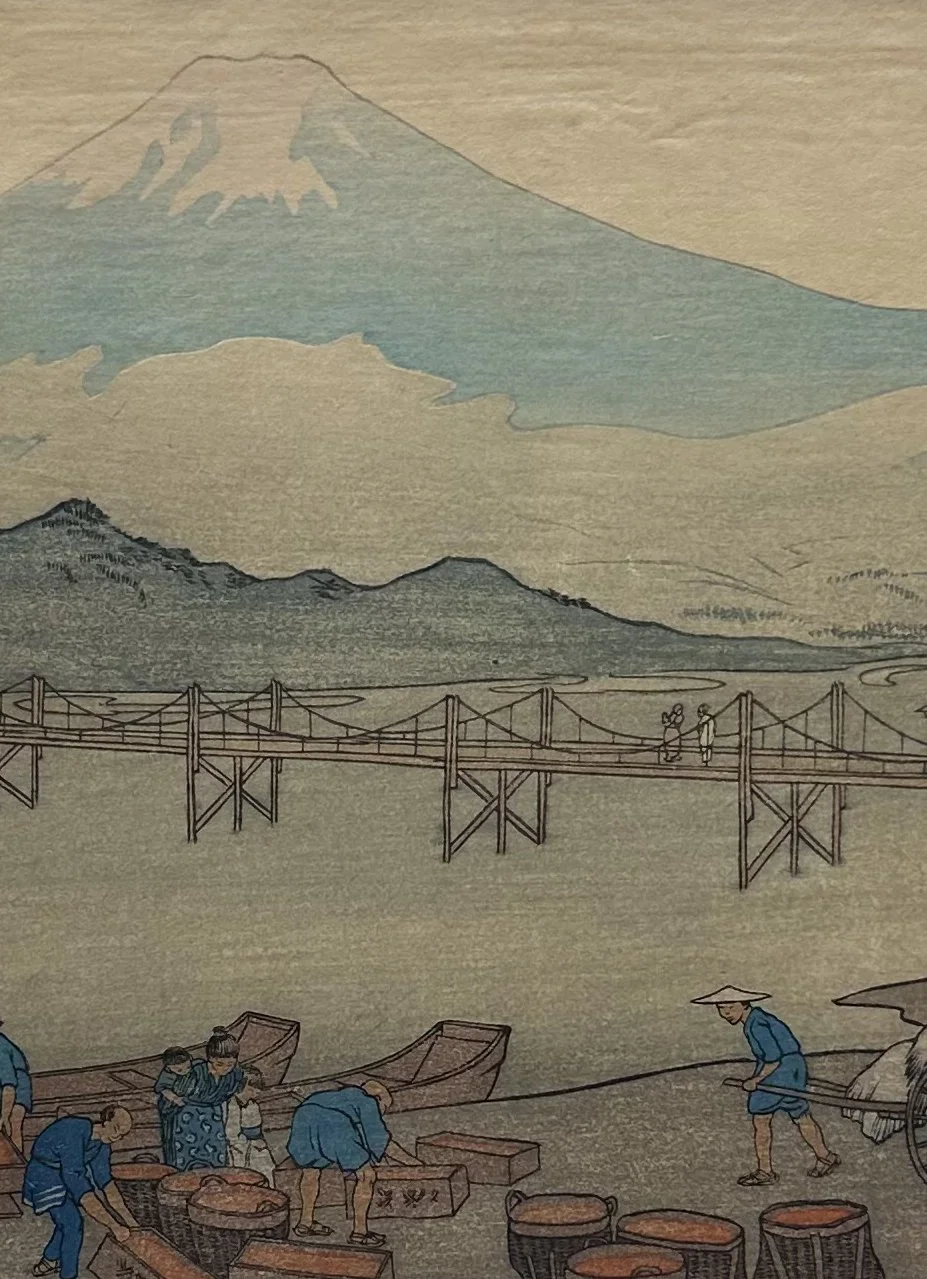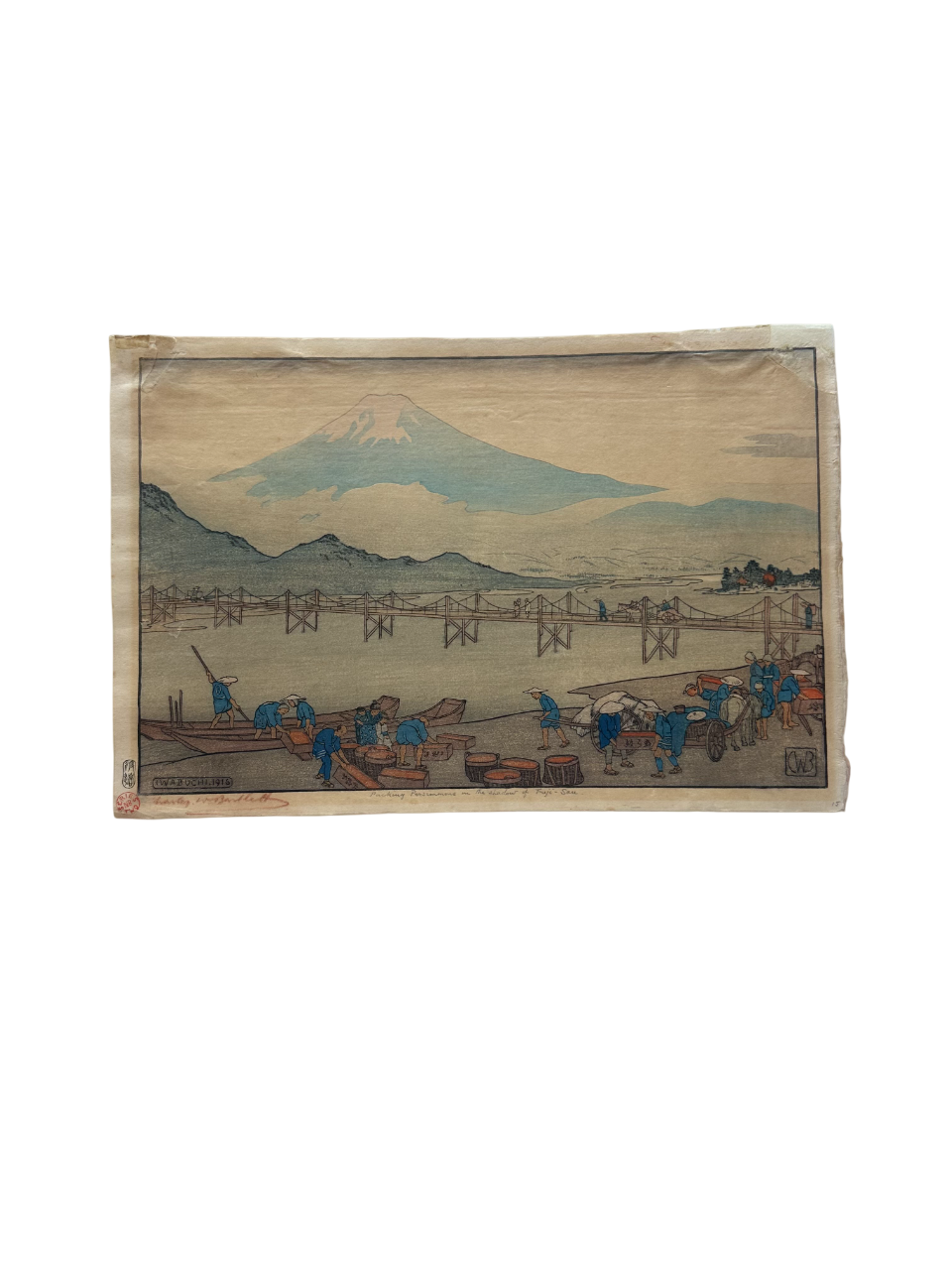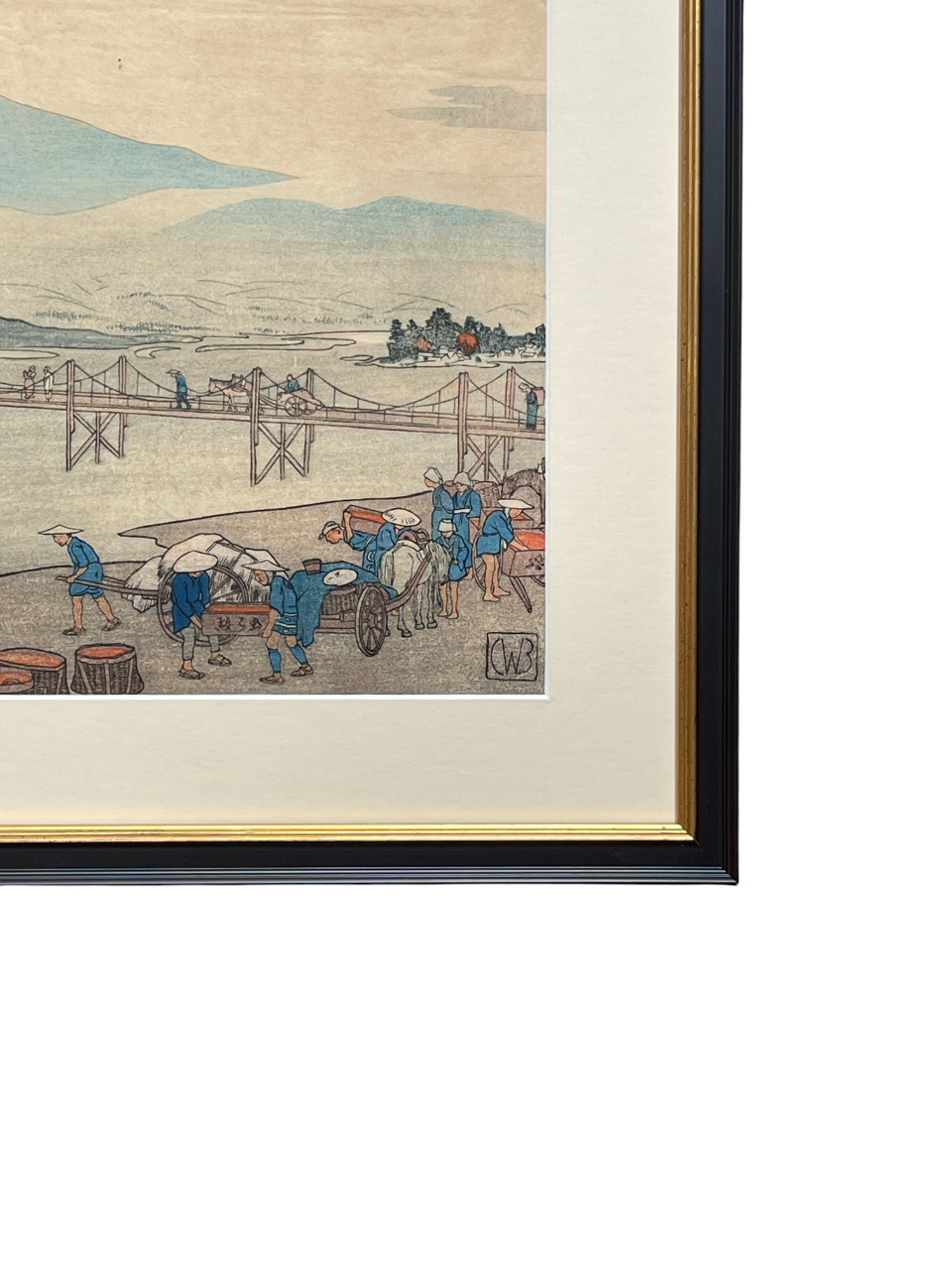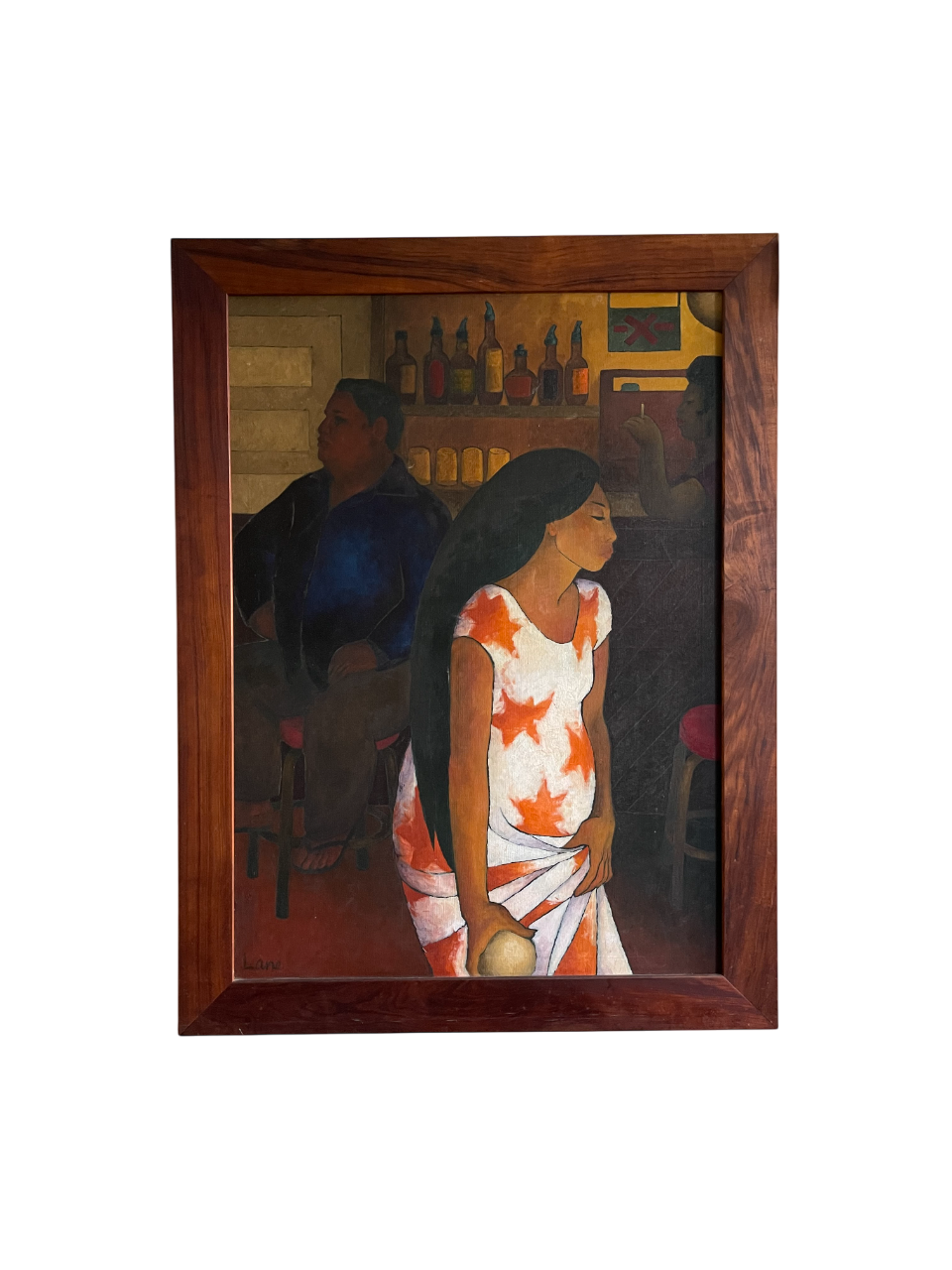This bas relief sculpture of King Kalakaua, Hawaii's last reigning King, is one of a continuing series of sculptures by Honolulu sculptor, Bruce Stanford, that depicts the heritage and culture of Hawaii's past.
On November 16, 1836 close to where Queens Hospital now stands in Honolulu, David Kalakaua, son of the High Chiefess Keohokalole, was born into a Hawaii undergoing tremendous change. This social and cultural change, a result of European and American influence, culminated in the stormy but fabulous reign of King David Kalakaua
Kalakaua was elected to the throne in February of 1874 over his bitter but popular rival, Queen Emma. In January of the following year the King signed the Reciprocity Treaty with the United States, which in exchange for the exclusive rights to use Pearl Harbor as a naval base, agreed to import Hawaiian sugar duty free.
The ratification of the Reciprocity Treaty by the U.S. Senate, which created an economic boom in Hawail, was due in large part to the favorable impression that Kalakaua made when he visited Washington D.C. He was very much a talented, witty, and charming gentleman. Besides his native Hawaiian tongue, he could speak French, Latin, Greek, Spanish, English, and German with the greatest of fluency. With this talent he became the first monarch to make a trip around the world visiting such places as Japan, China, India, Europe, and the United States.
Kalakaua firmly believed in sustaining the culture and heritage of the Hawaiian people. In order to encourage and promote the education of Hawaiian students, he founded the educational society known as Ahahui Hoonaauao. He increased the number of rural schools so that his people might compete more effectively with the forces of modern civilization. Through Kalakaua's efforts a museum for the preservation of Hawaiian artifacts was created which later formed the beginning of the collection now found in the Bishop Museum. Being a music lover, he even initiated the beginning of the well known and accomplished Royal Hawaiian Band
King Kalakaua also had the well deserved reputation of being the "Merry Monarch." The King's parties, a combination of European etiquette and Polynesian flair, were wild indeed and lasted for days on end. He had a passion for poker and a weakness for money, women, and booze. He spent his money lavishly, and during his younger days a great deal of it went for the services rendered by women of questionable repute. The King had an astonishing capacity for liquor. He could easily drink four to five bottles of champagne in one afternoon, a trait that would eventually contribute to his death.
While visiting San Francisco on January 20, 1891 King Kalakaua passed away at the Palace Hotel, his death being attributed to Bright's disease. The King's body was carried back to Honolulu aboard the U.S.S. Charleston, its conning tower, bridge, and railings draped with black crape as it sailed into the harbor. As his body lay in state in the lolani Palace, many were the native Hawaiians who cried openly, and as was customary, performed the act of "Maewawa" or "Manewanewa." To show their grief at the death of a beloved one, the men would shave their head, women would cut their hair short, while many would break a front tooth. Their grief was genuine for they lost a King who was sincere and tireless in his fight for a "Hawaii for the Hawaiians."

